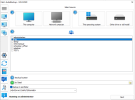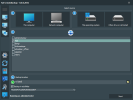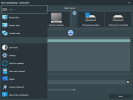britechguy
Well-Known Member
- Reaction score
- 4,764
- Location
- Staunton, VA
Should I feel insulted by this?
No. Who among us who is a coder has not been guilty of same?
But with any luck we disabused ourselves of the notions that concision is more important than clarity and that "note taking" in the form of comments is for weak minds.






